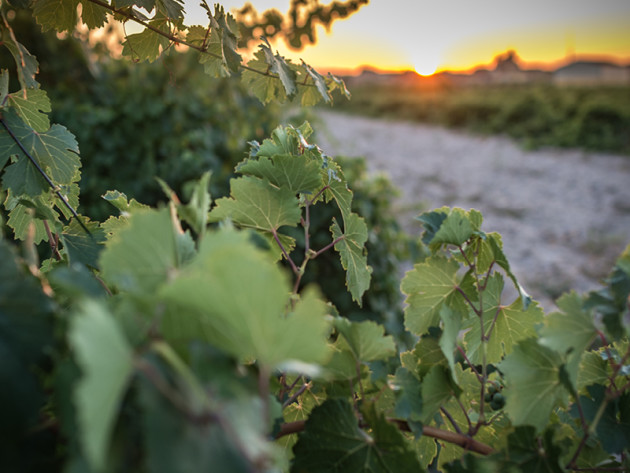
Supercharging Verdejo
Spain’s leading white region has its eyes firmly set on the top table, with a new quality tier underpinning its ambition, as Andrew Catchpole reports.
Aromatic, fresh and often delivering a note of herby green ‘bite’, Rueda has risen to become Spain’s foremost white region in terms of both recognition and attractive drinkability. Most wine drinkers will know the youthful style, its popularity borne out as Spain’s number one-selling white wine and also its top exported white, with the Verdejo grape underpinning the majority of production.
Verdejo thrives in Rueda’s climate and soils, with the variety responding well to the continental weather and marked diurnal shift in night-time temperature, all helped by the typically 700-900m-high vineyards and well-drained, gravelly soils. And having now firmly established its reputation beyond Spain’s borders, there’s a drive by producers in the DO to up the ante in terms of quality recognition, with new and nuanced styles – including barrel fermented, barrel aged and lees aged wines – also coming to the fore.
Verdejo is far from the only grape in town, with Palomino Fino introduced in the 1930s, Viura in the 1950s, Sauvignon Blanc making its way from the Loire in the 1970s, and both Viognier and Chardonnay authorised in 2019, with the latter promising some attractive and different expressions of those two varieties. Once known for its reds, until phylloxera struck the region, a small amount of Tempranillo, Cabernet Sauvignon, Merlot and Garnacha are still to be found, and worth seeking out.
Almost forgotten traditional solera-aged wines, such as Pálido and Dorado are also seeing an enthusiastic revival, with reds and rosados making their mark too, and producers of these niche styles finding new enthusiasts.
Focusing back on the mainstay of Verdejo, though, Rueda’s push for greater recognition of its highest-quality wines was underpinned earlier this year with the official launch by the DO of finished wines from a new quality tier, Gran Vino de Rueda. This designation can be granted only to wines produced from vines older than 30 years, with maximum yields of 6,500kg/ha. This new tier has two key objectives – to shine a spotlight on higher-quality wines, while also helping protect older vines.
“The objective of Gran Vino de Rueda is for the area’s winemakers to experiment and achieve the maximum potential of the permitted varieties, and especially of our native grape, the Verdejo,” says Carmen San Martín, president of DO Rueda.
↓
Adventurous styles
All is clearly going in the right direction, with the new quality tier coming at the right time for Rueda, not least as consumers continue to tap into less mainstream and more adventurous styles of wine, with fresh whites more often to the fore.
Rueda’s aforementioned bite, or hint of bitterness, sets it apart, which, coupled with the fruit, plus good acidity born of the high altitude and cool nights, all adds up to one of the big pluses in its favour – namely, the food compatibility of the Verdejo wines.
The young wines are highly versatile, with all manner of seafood, including grilled dishes, being natural partners. But Verdejo also manages the neat trick of pairing with tricky elements, such as raw onions, tomatoes, bold, herby sauces and the even the punchy tang of many Mexican and Asian foods. Cheeses such as feta and goat also go well, with the wine’s acidity cutting through the richness, while complementing the flavour.
Bring in aged Rueda and this opens up a whole new dimension. The richer, sometimes nutty character, often along with satisfying depth and texture from lees ageing and time in barrel, can stand up to quite complex and equally rich dishes, including seafood stews and white meats.
Pop the solera-aged Pálido and Dorado wines, plus the rosados and reds, into the mix and it all adds up to an ongoing recipe of discovery for buyers and wine drinkers alike from this innovative and still-evolving flagship Spanish white region.
Keywords:
- wine
- new
- quality
- Wines
- Rueda
- region
- spain’s
- DO
- aged
- Verdejo
- tier
- quality wines
- aged wines
- new quality
- quality tier
- solera aged
- new quality tier
- including grilled dishes
- rueda’s aforementioned bite
- quality tier coming
- fore rueda’s aforementioned




